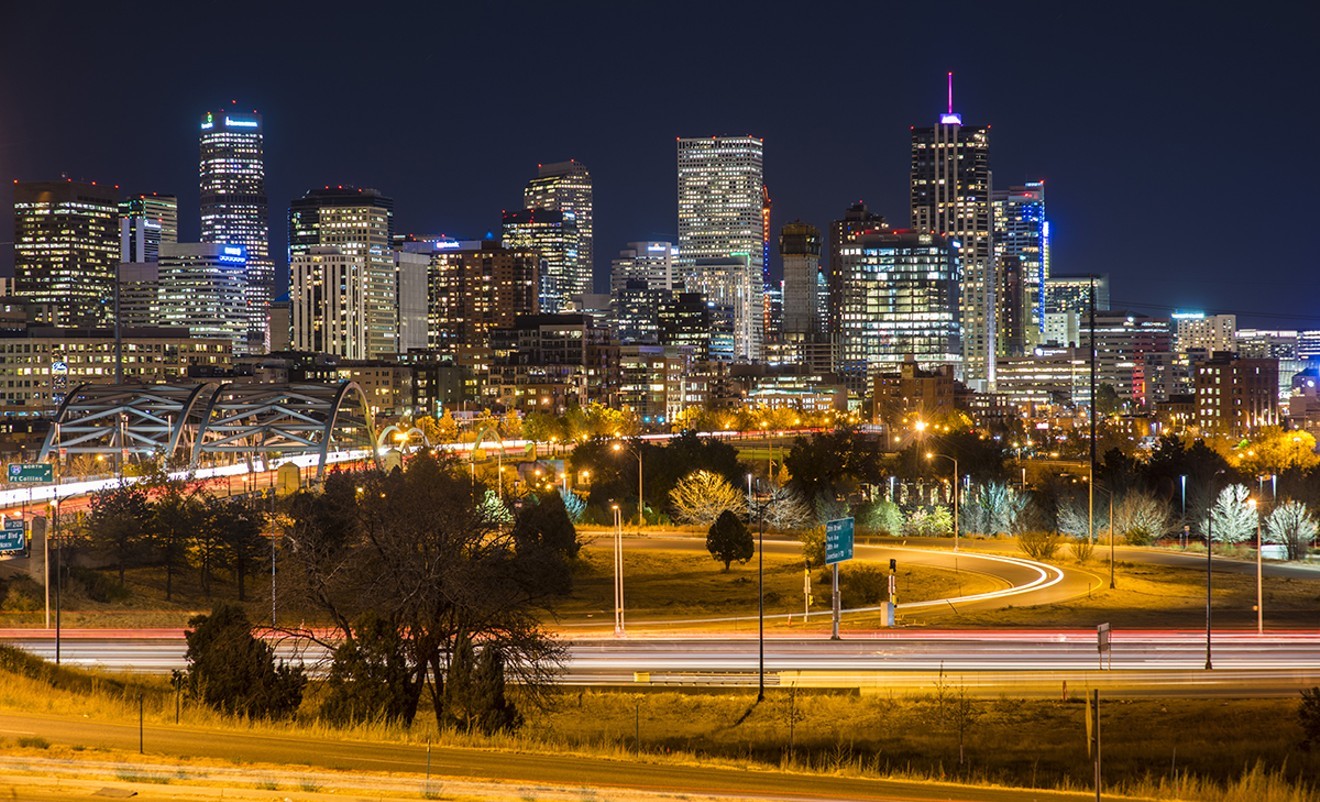Denver has myriad plans that envision a future where our city has complete, connected transit; sidewalk and bike networks; and development patterns that make it easy and practical for people to choose options other than driving to daily destinations. Reducing our dependence on driving, in turn, will make our city more safe, healthy, inclusive, affordable, sustainable and livable. A key theme throughout these plans is the importance of coordinating transportation and land uses.
A major stumbling block in achieving this vision, however, has been the classic chicken-and-egg problem. Proposals to increase density before good transit, walking and biking options exist cause people to protest that new development will only increase car traffic and parking woes. Conversely, proposals to add bike lanes, bus lanes or wider sidewalks in lower-density areas cause people to protest that there is not enough demand for those modes to justify taking away space from cars. And so we are stuck, paralyzed in the status quo, waiting for a magic moment when we can simultaneously transform our transportation system and development patterns.
Lucky for us, that magic moment has arrived for a large area right in the heart of Denver. Redevelopment being planned or already underway in and around the triangle created by the intersections of Federal Boulevard, Colfax Avenue and Speer Boulevard — 237 acres of land in aggregate, nearly the size of the Central Business District — will increase density dramatically. This area, currently one of the more car-centric parts of Denver, includes the planned River Mile development, the Ball Arena redevelopment, Auraria Campus Master Planning effort, the Burnham Yards redevelopment, Sun Valley redevelopment, Stadium District Master Planning effort, and the development opportunities made possible by redesign of the Colfax and Federal cloverleaf interchange.
Simultaneously, momentum is growing behind plans to implement bus rapid transit (BRT) on Federal, Colfax and Speer, streets that are currently designed as highways and where an alarming number of people are killed in traffic crashes each year. We have an unprecedented opportunity to coordinate higher-density, mixed-used development along and near these corridors with a fundamental redesign of the streets into safe, people-oriented main streets that prioritize walking, biking and transit over driving. Unfortunately, these changes are currently happening in a disjointed manner.
For example, the City of Denver's recently released strategic transportation plan, Denver Moves Everyone, includes BRT on Federal, Colfax and Speer in the list of short-term improvements that can be completed by 2030 with anticipated funding. However, the proposal does not actually connect these BRT lines to each other in this time frame. Instead, the plan leaves a gaping hole right in central Denver where all the redevelopment is happening, and suggests these connections may be implemented at a later time (closer to 2050, pending funding availability), and likely with a level of transit service somewhat less than full-blown BRT. These BRT lines should actually be connected in the near term as central Denver redevelops, not only ensuring that a car-free or car-light lifestyle is a real option for new residents who move into these neighborhoods, but also creating a truly connected transit network that allows people to get throughout Denver more easily without a car.
Without this coordination, each redevelopment project is forced to work around the streets in their current form. Consider the proposal to redevelop the Ball Arena campus into a mixed-use neighborhood right across Speer from the Central Business District, meaning a lot more people will want to walk back and forth across this street. Without a fundamental redesign of Speer, the number of crashes involving pedestrians will inevitably go up. The developers are therefore proposing to build a pedestrian bridge across Speer, which may very well be a beautiful, iconic addition to the downtown skyline, but is also a very elaborate Band-Aid for the underlying problem: Speer Boulevard is dangerous by design and ill-suited to serve the development happening along it.
For Denver’s next mayor, this opportunity to coordinate the redesign of our transportation system with major redevelopment in the pipeline is a potential legacy project on a silver platter. With strong leadership and vision, the whole can add up to much more than the sum of the parts, and catalyze progress toward our city’s safety, equity and climate goals. Let’s just hope that whomever the voters elect has the wisdom to make it happen.
Jill Locantore is the executive director of the Denver Streets Partnership, a coalition of community groups advocating for people-friendly streets.
Westword.com frequently publishes commentaries on matters of interest to the community online on weekends; the opinions are those of the authors, not Westword. Have one you'd like to submit? Send it to [email protected], where you can also comment on this piece.
[
{
"name": "Air - MediumRectangle - Inline Content - Mobile Display Size",
"component": "12017618",
"insertPoint": "2",
"requiredCountToDisplay": "2",
"watchElement": ".fdn-content-body",
"astAdList": [
{
"adType": "rectangle",
"displayTargets": "mobile"
}
]
},{
"name": "Editor Picks",
"component": "17242653",
"insertPoint": "4",
"requiredCountToDisplay": "1",
"watchElement": ".fdn-content-body",
"astAdList": [
{
"adType": "rectangle",
"displayTargets": "desktop|tablet"
},{
"adType": "rectangle",
"displayTargets": "desktop|tablet|mobile"
}
]
},{
"name": "Inline Links",
"component": "18838239",
"insertPoint": "8th",
"startingPoint": 8,
"requiredCountToDisplay": "7",
"maxInsertions": 25
},{
"name": "Air - MediumRectangle - Combo - Inline Content",
"component": "17261320",
"insertPoint": "8th",
"startingPoint": 8,
"requiredCountToDisplay": "7",
"maxInsertions": 25,
"watchElement": ".fdn-content-body",
"astAdList": [
{
"adType": "rectangle",
"displayTargets": "desktop|tablet"
},{
"adType": "rectangle",
"displayTargets": "desktop|tablet|mobile"
}
]
},{
"name": "Inline Links",
"component": "18838239",
"insertPoint": "8th",
"startingPoint": 12,
"requiredCountToDisplay": "11",
"maxInsertions": 25
},{
"name": "Air - Leaderboard Tower - Combo - Inline Content",
"component": "17261321",
"insertPoint": "8th",
"startingPoint": 12,
"requiredCountToDisplay": "11",
"maxInsertions": 25,
"watchElement": ".fdn-content-body",
"astAdList": [
{
"adType": "leaderboardInlineContent",
"displayTargets": "desktop|tablet"
},{
"adType": "tower",
"displayTargets": "mobile"
}
]
}
]











